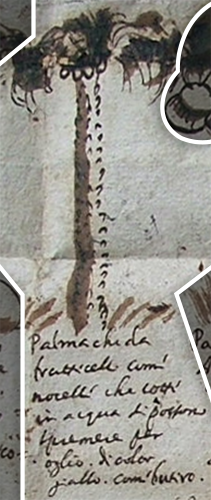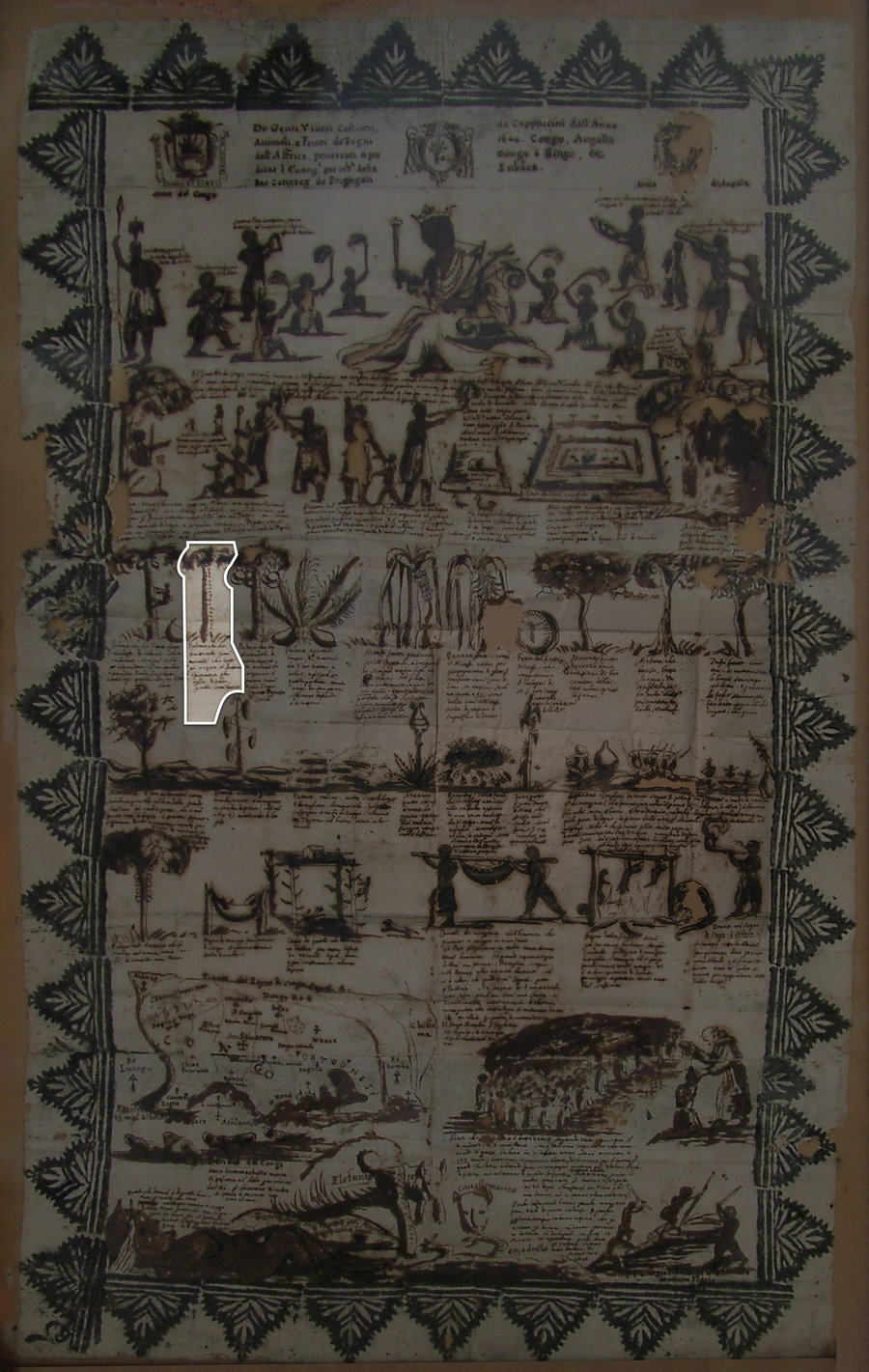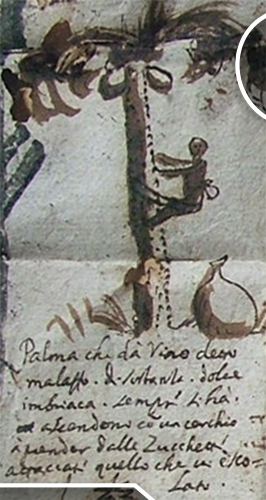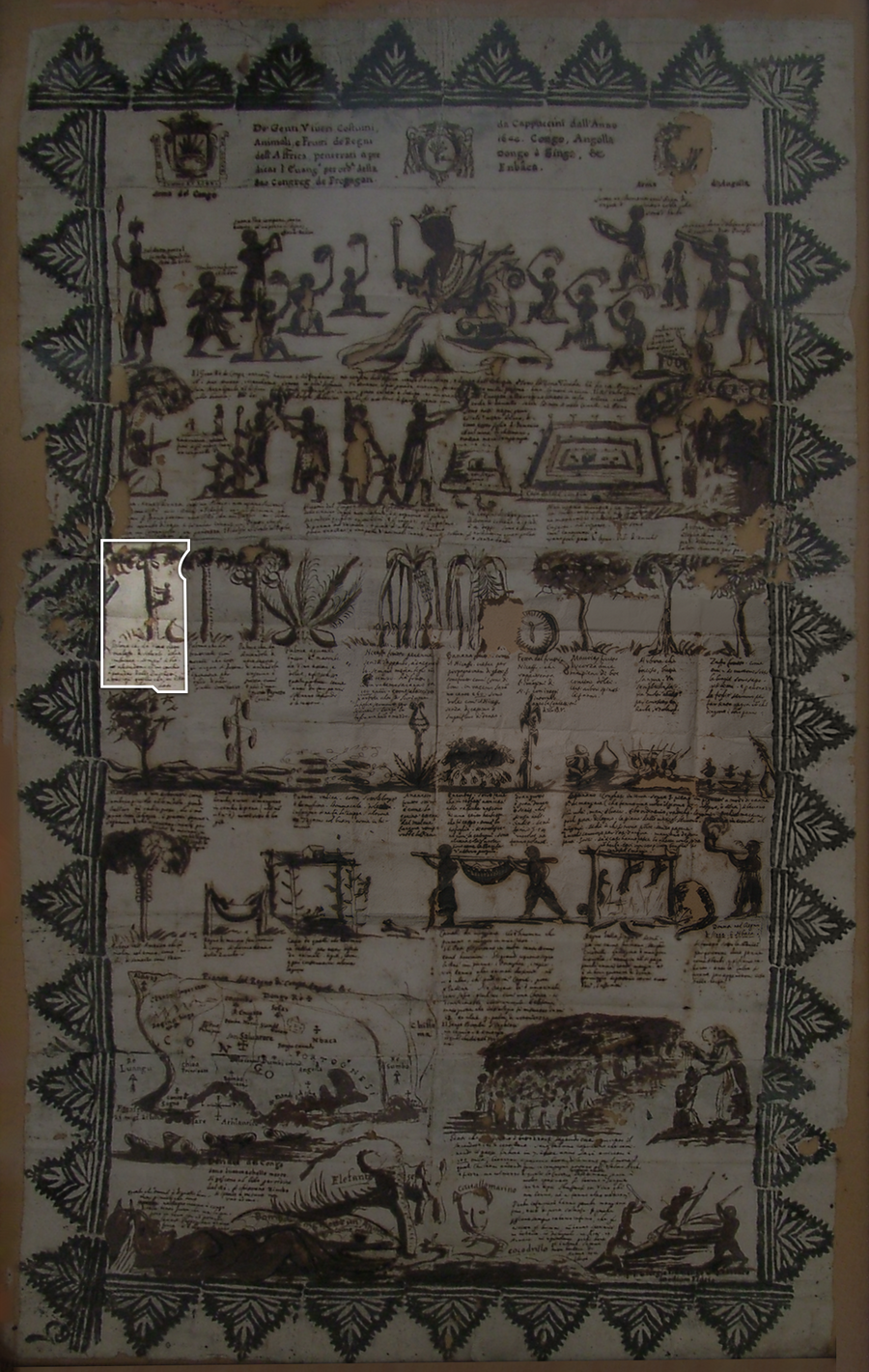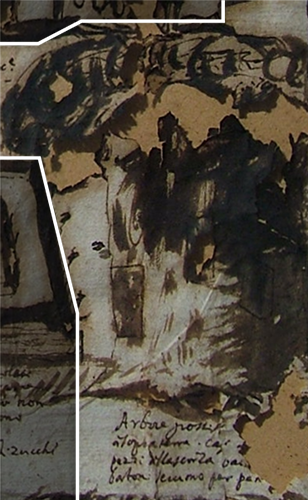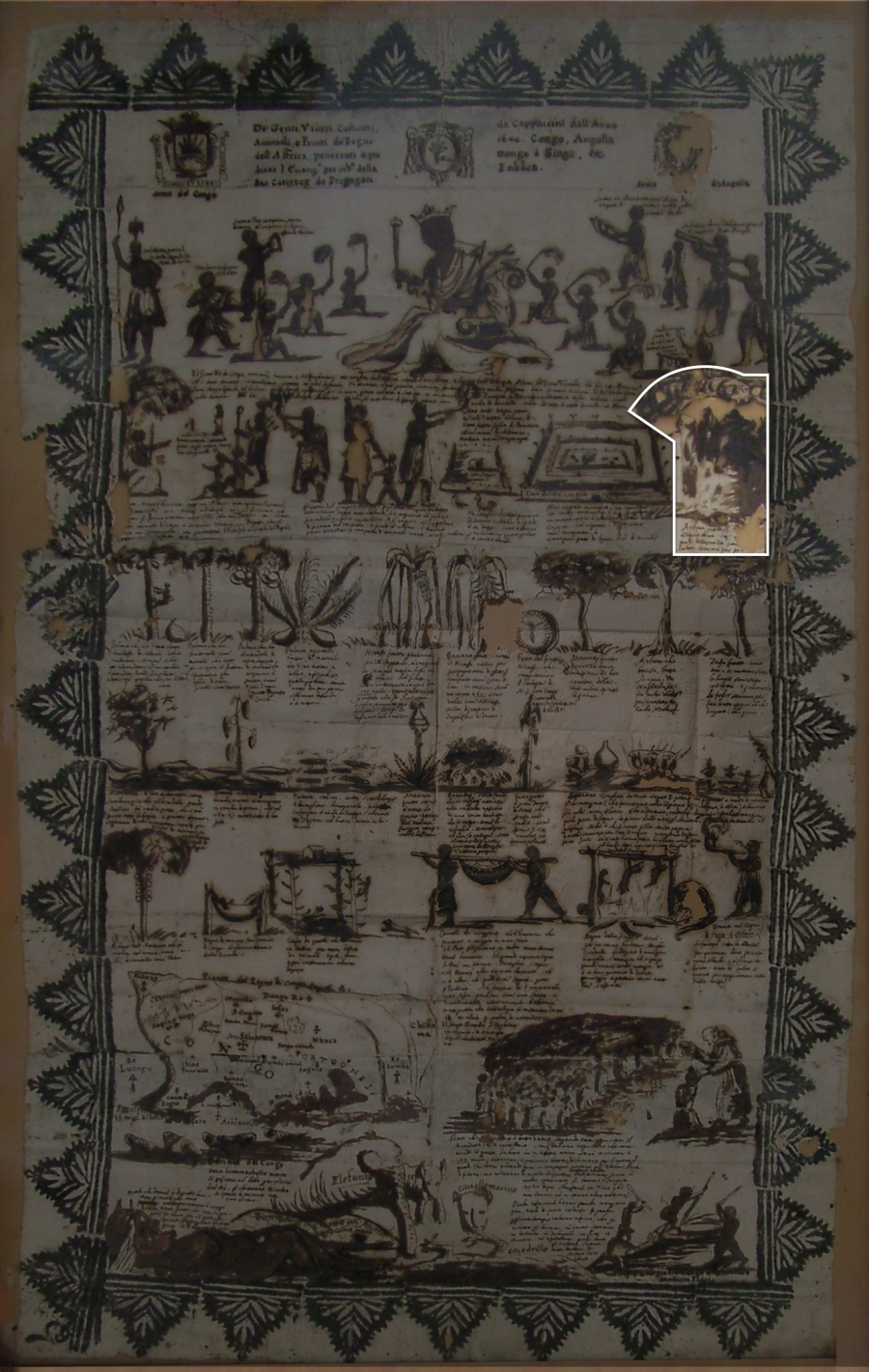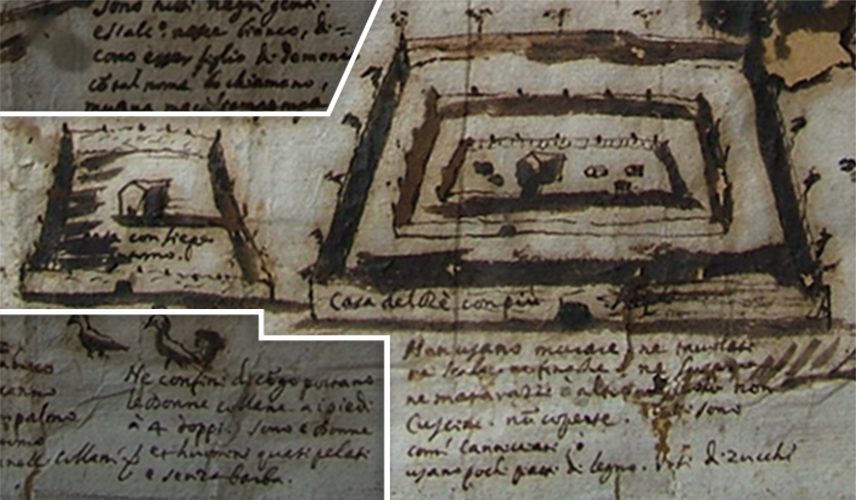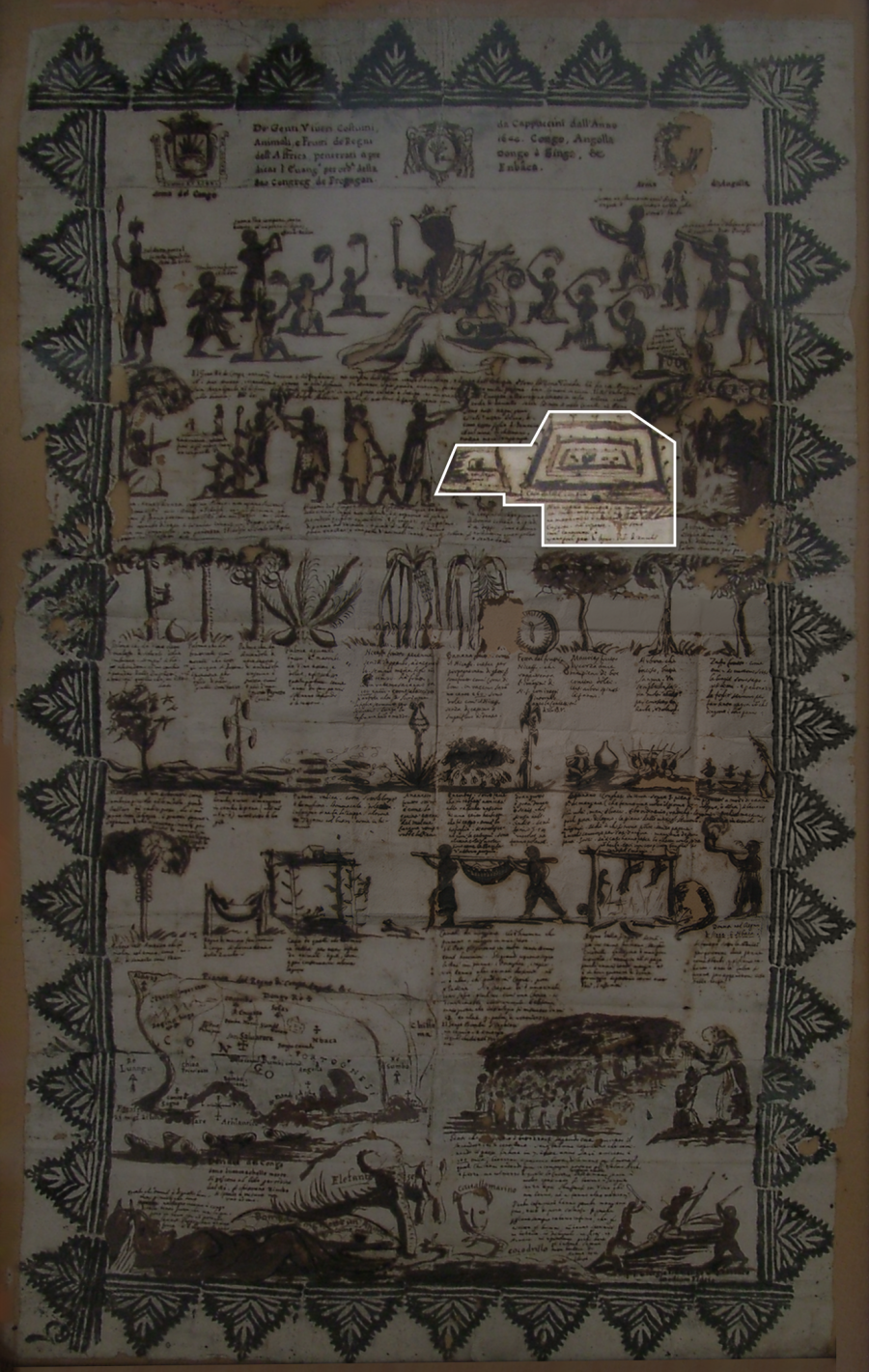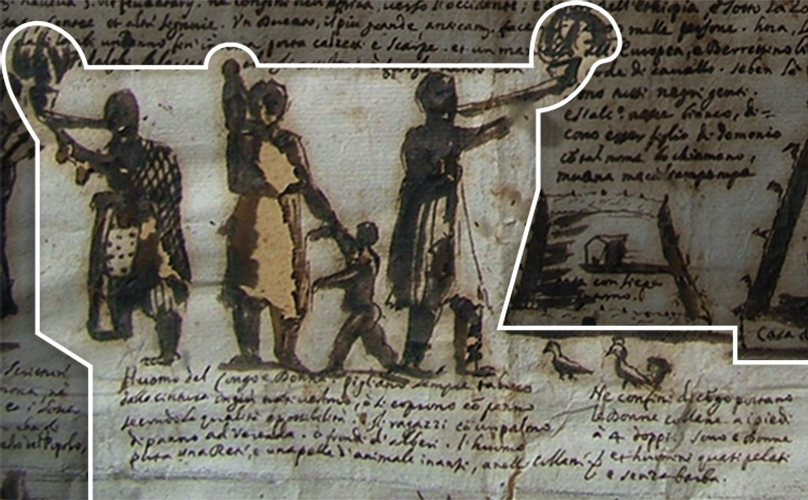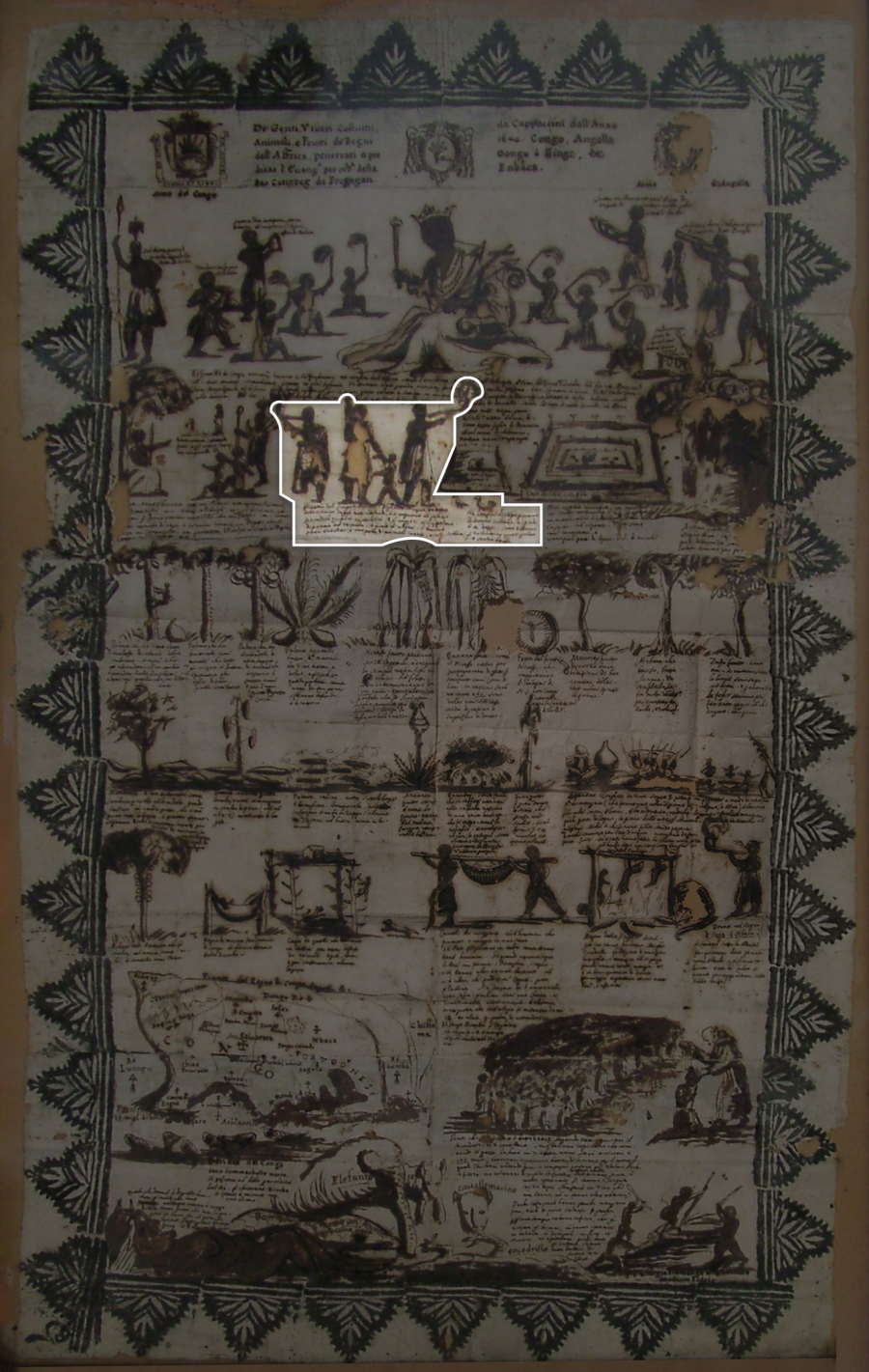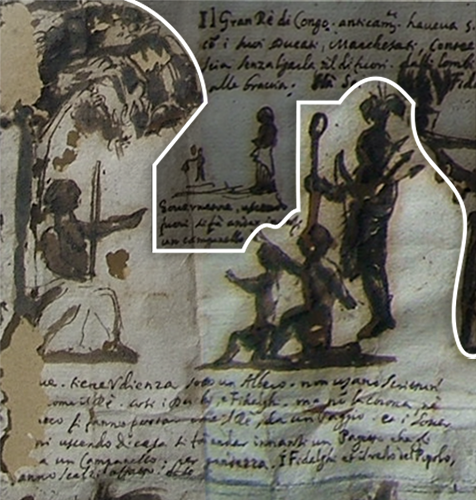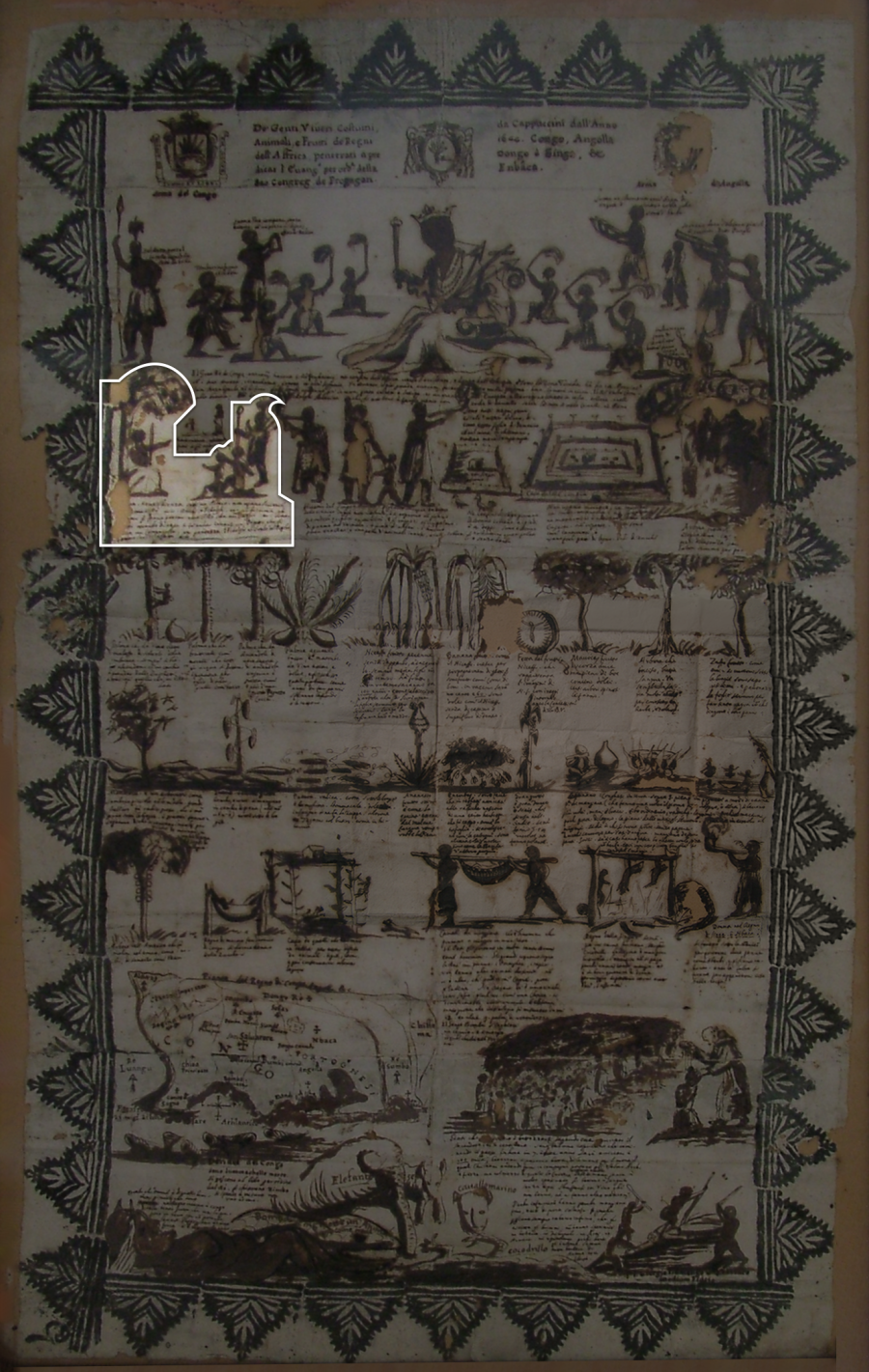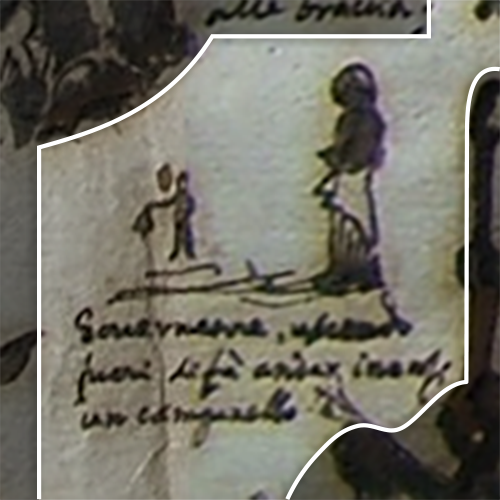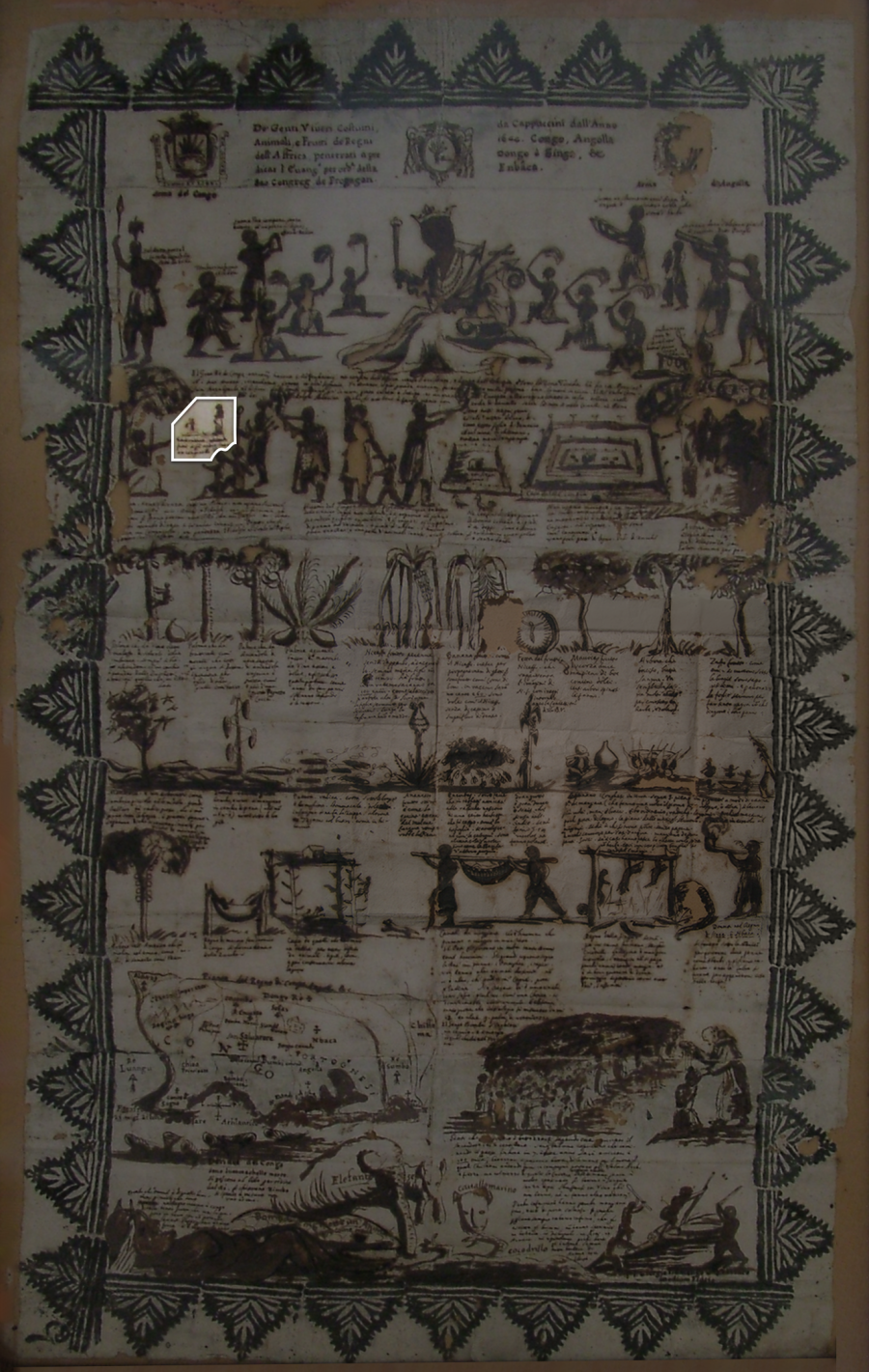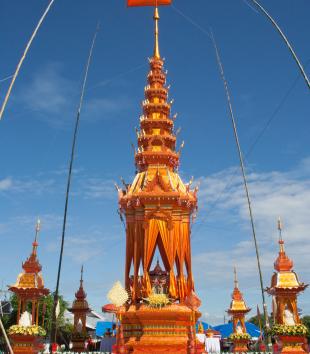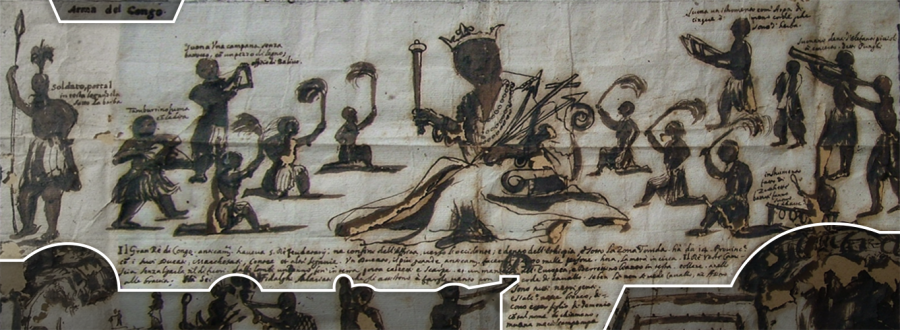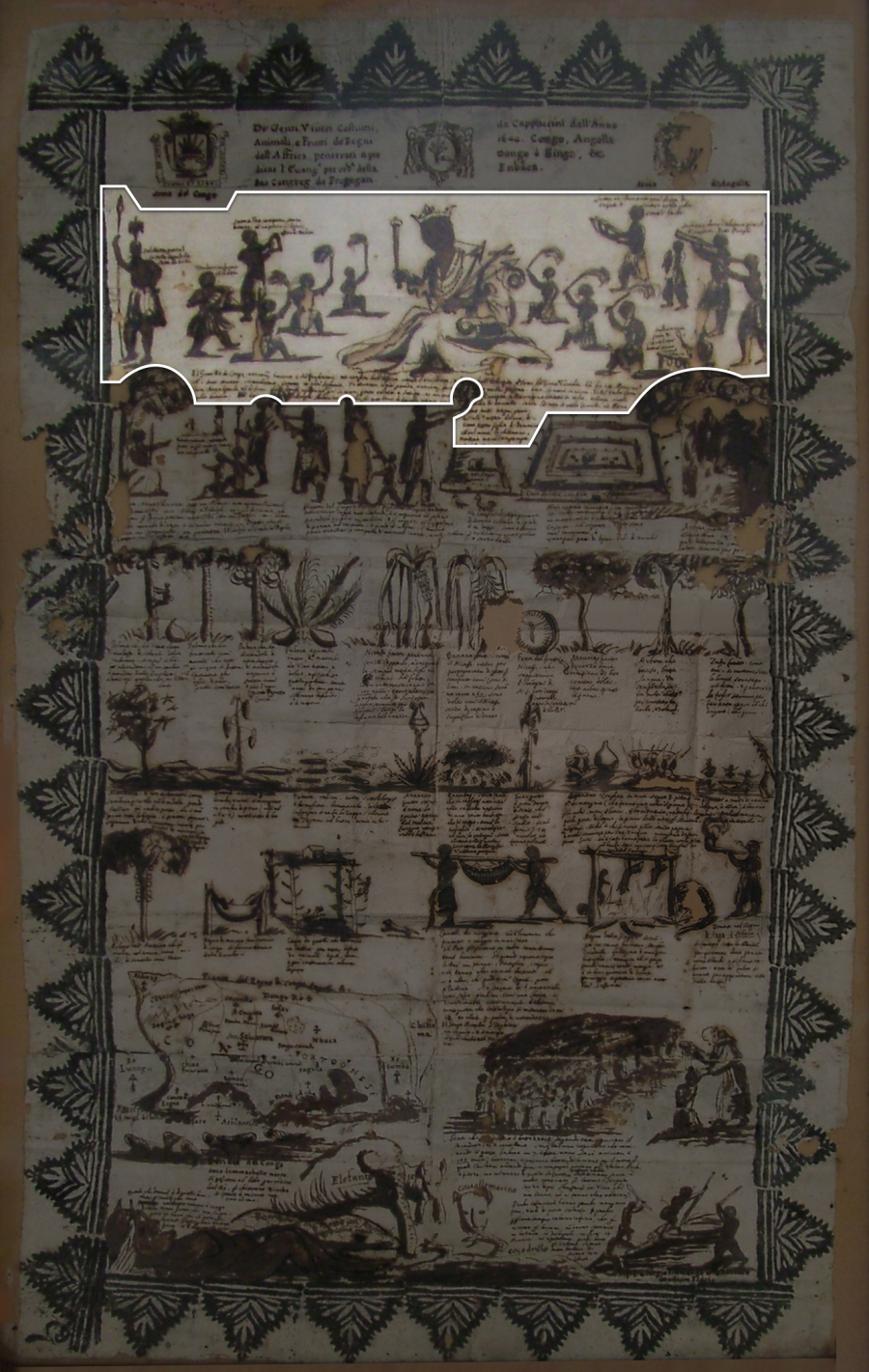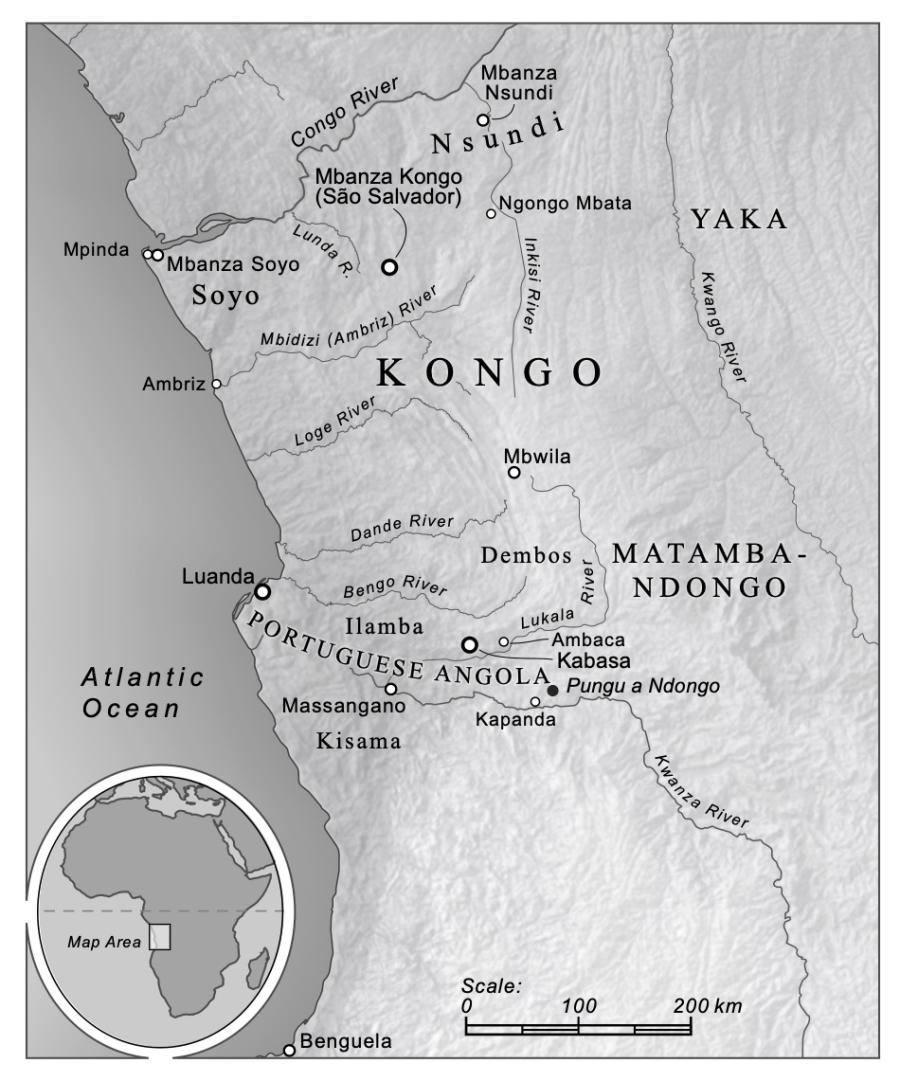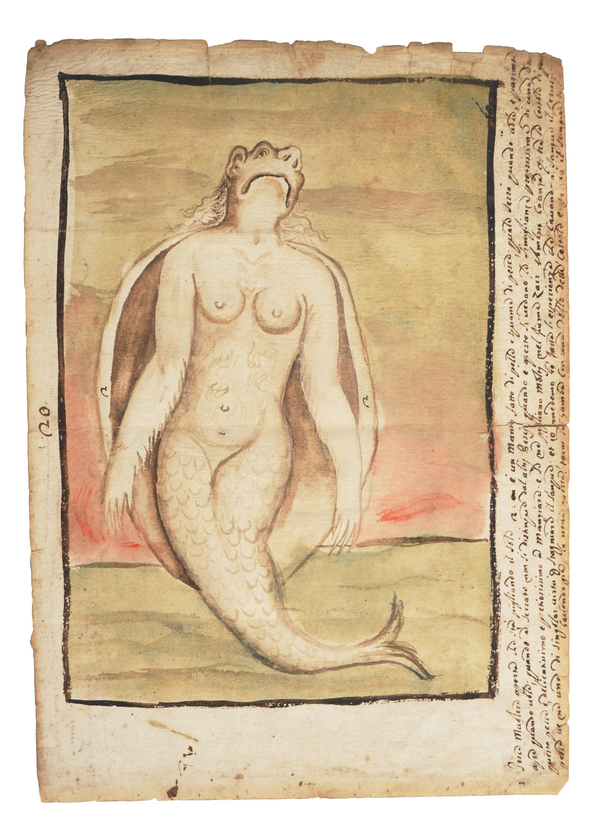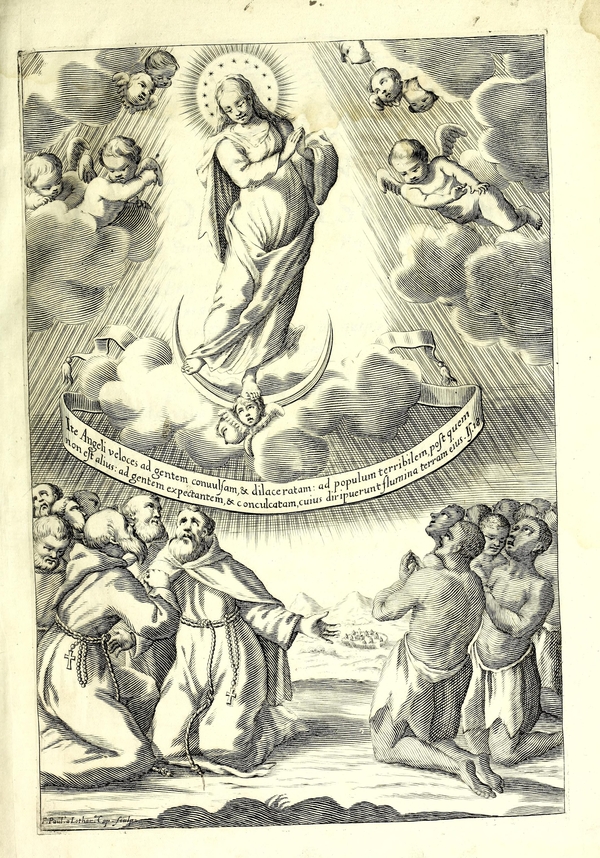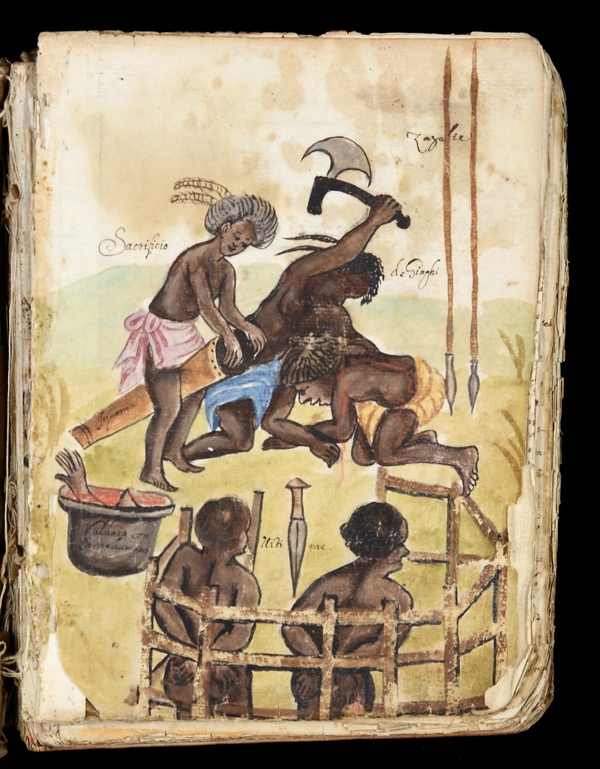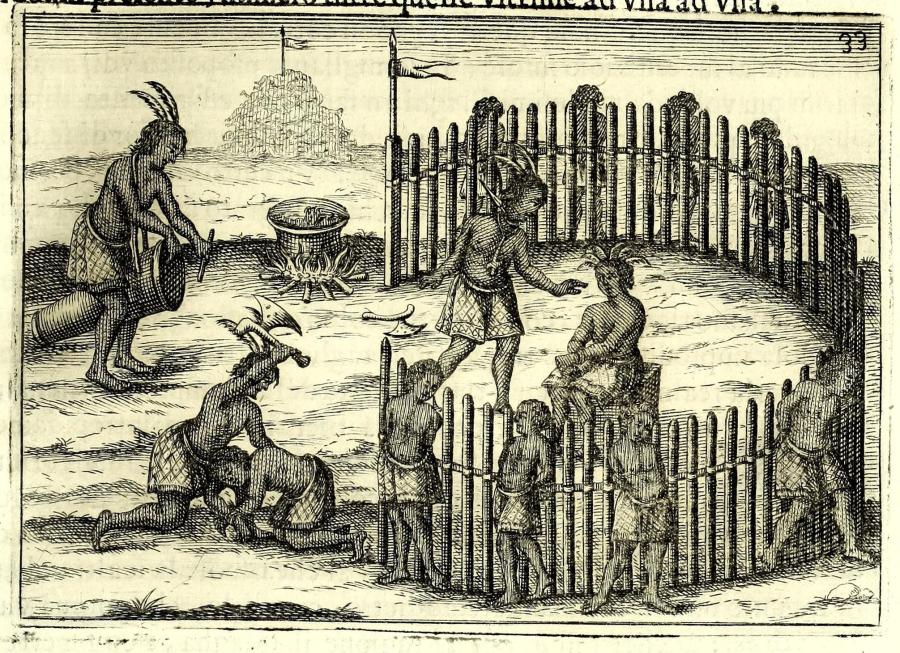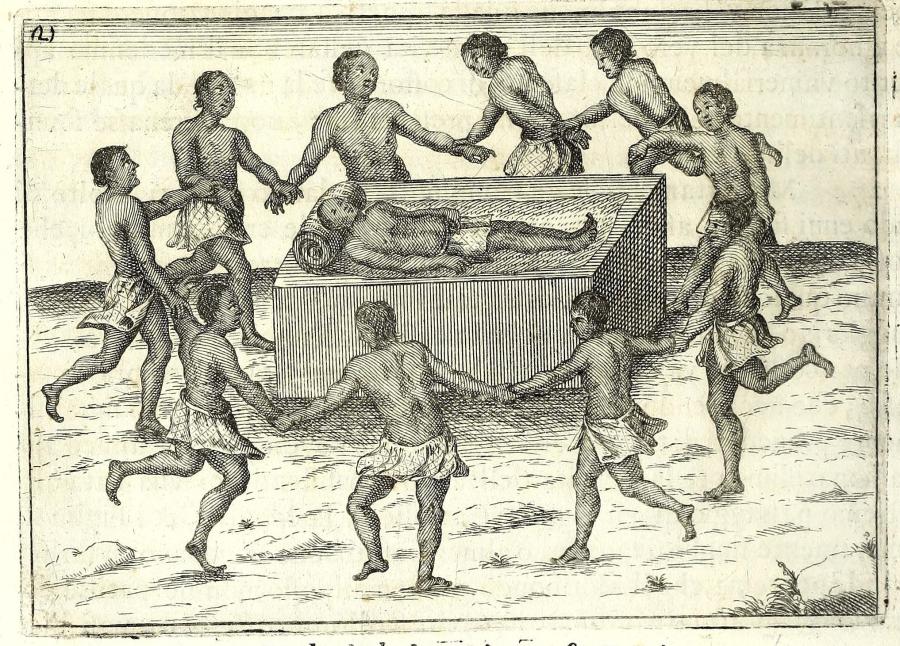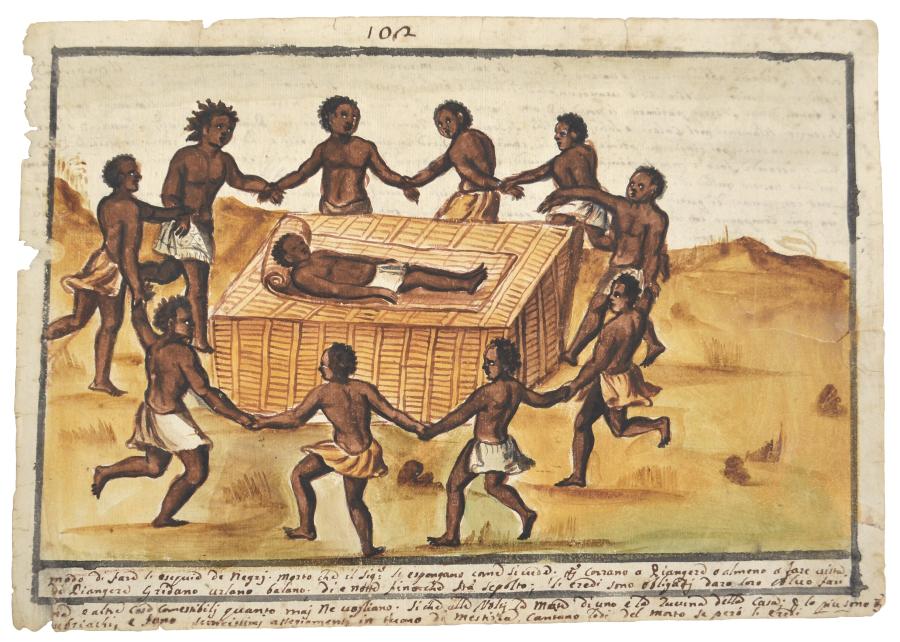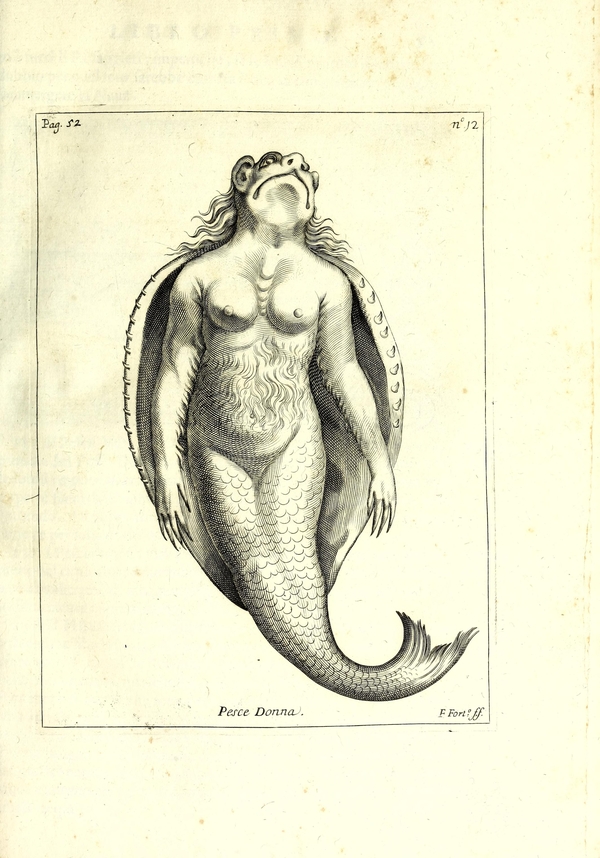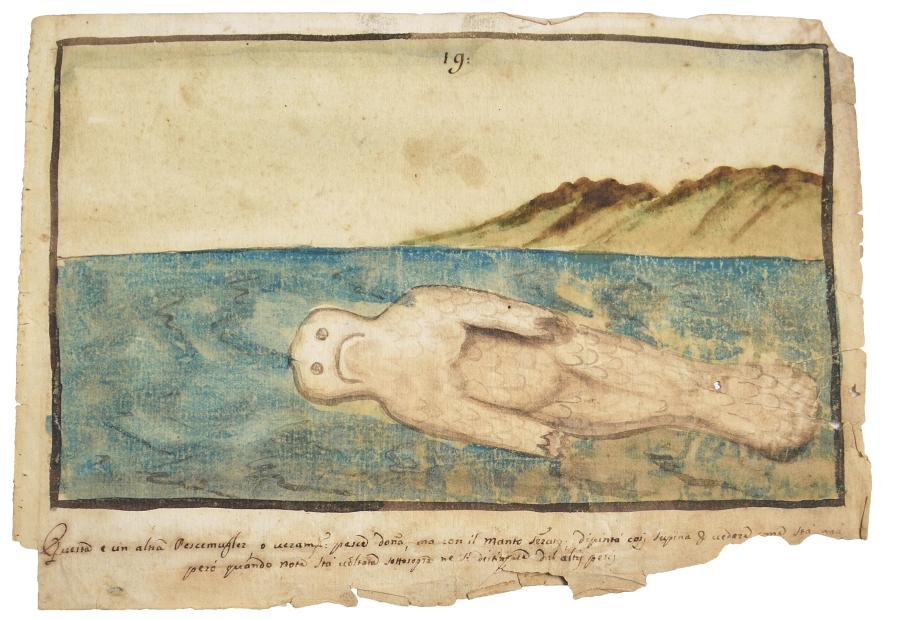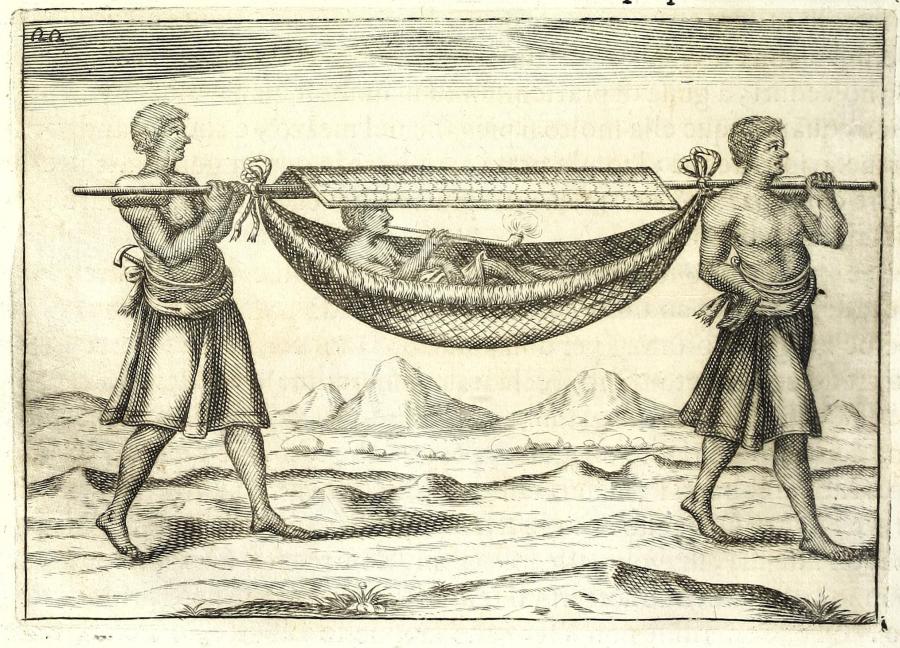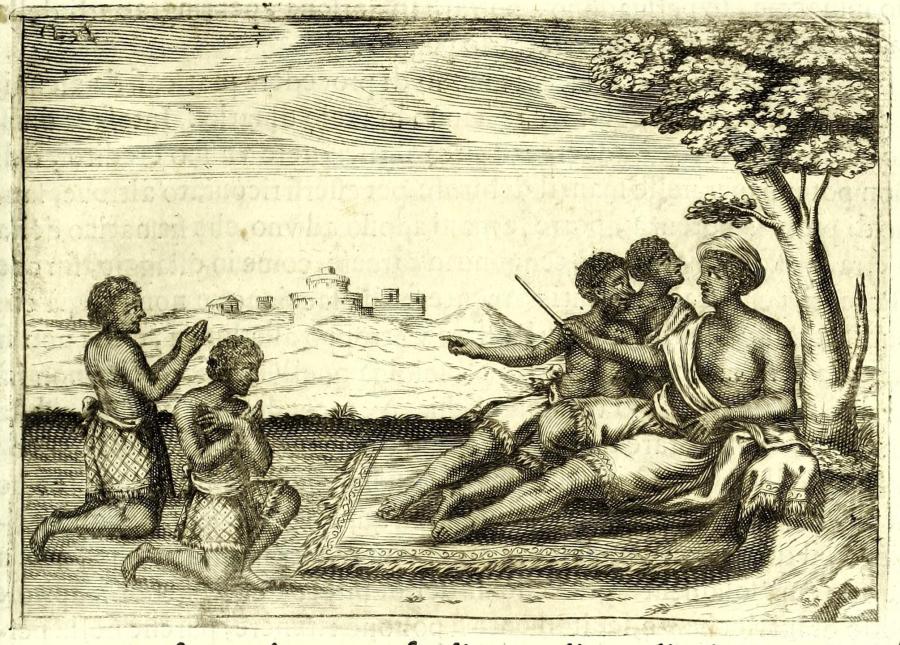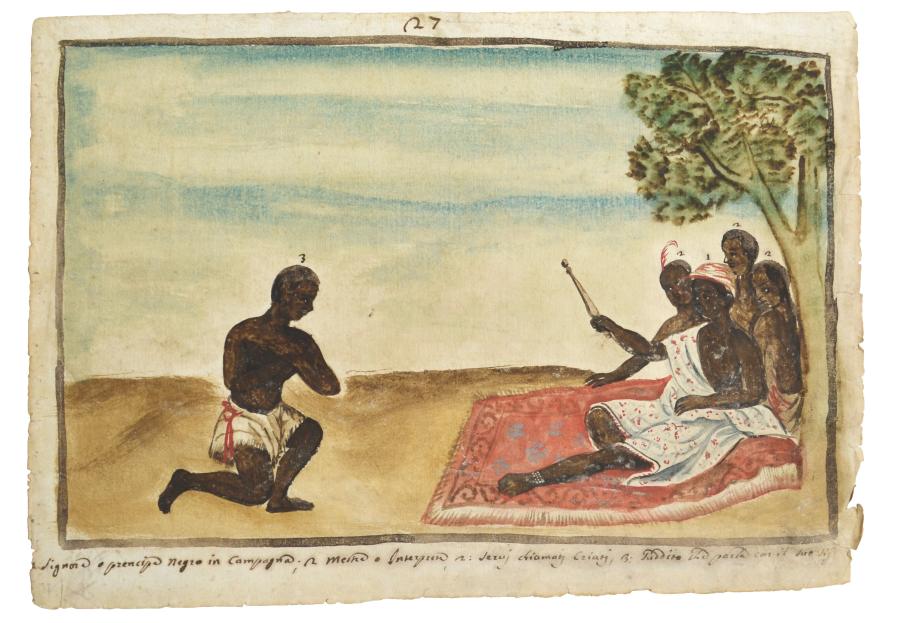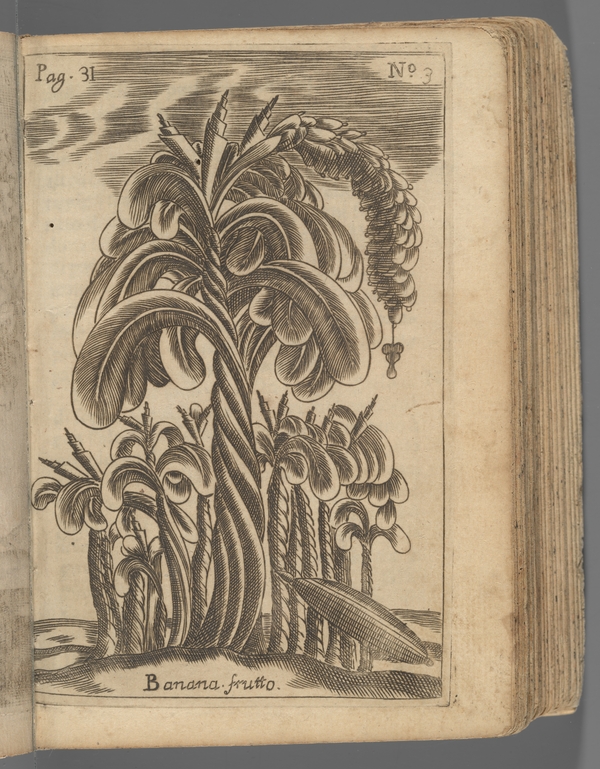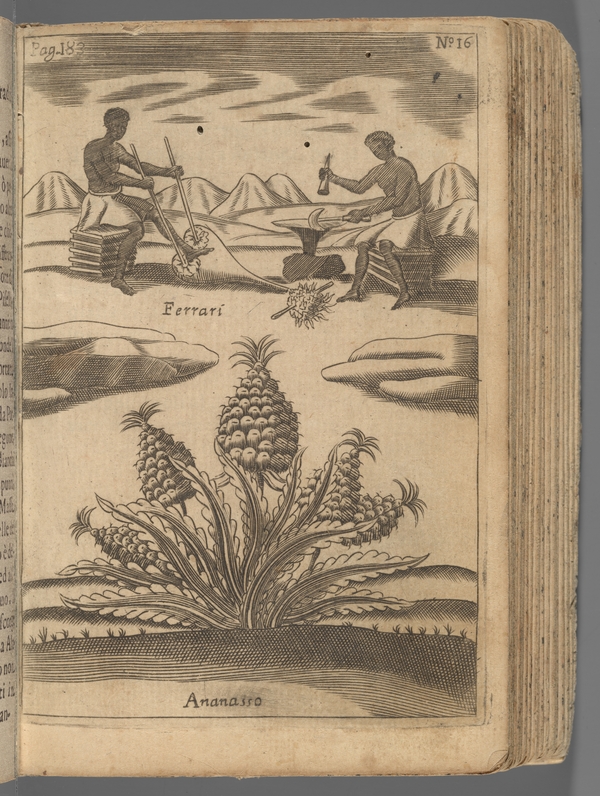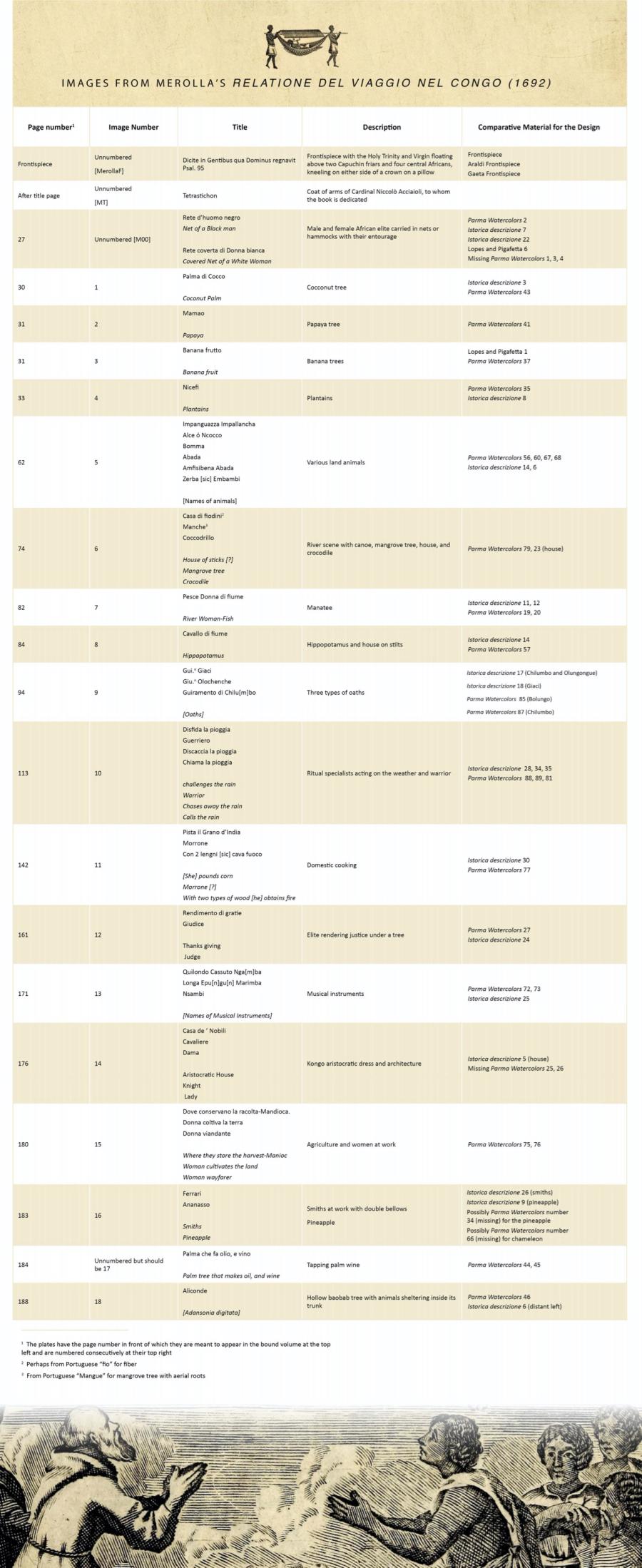Kati Curts is Assistant Professor of Religious Studies at Sewanee: The University of the South. She studies and teaches at the intersection of American religion, capitalism, and pop culture. She is currently working on a religious history of Henry Ford and the Ford Motor Company.
This special issue gathers scholars from Religious Studies, Anthropology, Art History, and the study of the Americas to reconsider the academic categories we use to connect the cultures we study. In individually authored mini essays and more sprawling group conversations, contributors examine four key categories: “Material,” “Economies,” “Religion,” and “America(s).” Readers of this issue will find the data described in these pages to be wide-ranging—chronologically, traditionally, geographically, and otherwise. But we are not only interested in variety. We also ask after data’s organization, quantification, and regulation. Taken together, this special issue asks how to characterize these categories. The ambition is that our collective inquiries into such varied interpretive histories and genealogical fragments can offer ways to better understand their assorted conveyances, as well as the powerful grip of their critical conjunction.
The particular case studies, object narratives, and casting calls that individual participants chose to enter into this endeavor include First Nations commemorative medals and biblical translations, spirit-guided Swedish temple designs, the global industry of Kim Kardashian, and Cuban musicians and Moroccan artists in New York. And that’s just a few of the provocative projects featured in these pages. There’s much more: from grapefruit-scented candles in SoulCycle Studios to autopsy photographs rendered in poem and prose; Sondheim musical at Carnegie Hall and the monetized infrastructure of biblical womanhood blogs. Readers of this special issue will glimpse Fijian tabua and scrimshaw collections on Long Island, bus station clocks in Montreal, felled California redwoods, and documents of extractive industry in Canada, Burma, and Brazil. So too you’ll find discussion of seventeenth-century documents and woodcut images exchanged among confraternity members in Lima, waterproof socks engineered for the twenty-first-century American Muslim market, a mid-twentieth-century professional wrestler cast as Mormon, and a Catholic icon commissioned in 2016 for the Archdiocese of Denver.
Akin to the simultaneously succinct and varied things included in this special issue, the life of this project has also been both meandering and socially abbreviated. It began in 2017 through our participation as fellows in “Material Economies of Religion in the Americas: Arts, Objects, Spaces, Mediations,” a project cycle of the Center for the Study of Material and Visual Cultures of Religion (MAVCOR) at Yale University and funded in part by The Henry Luce Foundation. The thematic and theoretical concerns of the MAVCOR project cycle structured the terms and conditions out of which this special issue grew. The contributions gathered in this issue draw readily and advisedly upon key themes of the MAVCOR grant project, as it has been directed by Sally Promey and Sarah Rivett. After meeting for two annual conferences as part of the project cycle, we invited other fellows to participate in an experimental roundtable at the 2019 annual meeting of the American Academy of Religion (AAR). Eager to continue the work begun at the AAR, we then met for continued collaboration in a Zoom salon during the pandemic summer of 2020. In an effort to formalize and expand those conversations into new publics, our thinking has since morphed into the twenty-one individual essays and six collaborative conversations that are included here.
We initially asked each contributor to submit a single image file, gif, or short video and an accompanying text, limited to 2200 characters. The provocation was to experiment with processes of thinking—individually and collaboratively, in small cohorts and amid tight parameters, as well as part of more open-ended conversations. We sought to play seriously with emerging practices of how writing is reckoned. Ever since Twitter and Instagram started determining discourse in character counts, less likely platforms have followed. For instance, in 2020 the American Academy of Religion instructed that proposals for its annual meeting be 7,500 characters including spaces. Is this new metric simply an alternate calculation to adjust to? Or does something more substantial happen as we move from page counts to word counts to character counts? What is lost? What is urged forward or recovered, even in brief?
As curators of this project, we emphasize character(s) and characterizing as a way to reapproach these questions and connect them with a critique of our present, especially in so far as “character” is an increasingly demanding measure of work and social life. To our minds, the interpretive openness of these terms prompts thinking not only about social media-driven modes of public discourse but also about archival nomination, definitional approach, descriptive technique, discursive valuation, and the apportioning measures of feedback loops. If “characterizing” could be understood as asking after essential features, it could likewise provide a space for pointed criticism of substantive or phenomenological approaches to any one of the terms conjoined here (“material,” “economy,” “religion,” “Americas”). Hillary Kaell’s study of bus station clocks occasions her proposal of “material economies” as “systems of managed resources,” which assemble component parts and human labor as well as feelings of utopian interconnectedness and the fleeting intensities of globalism in everyday spaces and times. Richard Callahan’s correspondence with Judith Brunton and Alex Kaloyanides about their respective studies of whales, oil, and teak similarly addresses practices of managing resources. Callahan proposes that we should consider the agency of “basic, fundamental ‘natural resources’ out of which the ‘human’ world is built” and how the “work of transforming them sets up basic relations to matter and the possibilities and limits of what it means to exist.” For Laura Levitt, David Walker, and Sally Promey, “the key economic actor and material is the human body, in literal and figurative manifestations.” This special issue, then, does not propose new definitions for each of our four key terms. It offers a framework for their equivocal reconsideration and conjunctive interrogation.
The experiment we set out in our initial call among MAVCOR project fellows revealed the appeal of short writing assignments, especially in the midst of an emerging pandemic. We were happily surprised that so many fellows from the project cycle accepted our invitation. We were less surprised when many of us found that 2200 characters were too few. Each individual mini essay published in this issue includes a calculation of its character count (including spaces). Careful readers will notice that not all scholars adhered to the character conventions we sought to establish at the outset. We are glad for these scholar’s protests—however subtle, however intentional—and find in their variously reckoned rebellions not accruals to be corrected but rather material for continued thought. They ask how counting characters shapes the practices of precision. Conversations and email exchanges with contributors again attested to participants’ diverging responses. Some found the strict parameters creatively appealing (“Love it. Everything should be short,” one participant wrote. “One of the biggest things is I am left wanting more, whereas a longer paper is tiring.”). For others, it was an interpretive battle (“the character count seems to be at war with trying to offer qualitative assessments of material economies,” another contributor countered). What for some was a freeing permission to share a bit of new research turned for others into a futile constriction. Throughout the process we wondered if we were: watering down or distilling? offering propositions for further thought and deeper discussion? amplifying the seemingly endless echo chambers and hot takes of an online economy ever aiming after virality? To our mind, the answer is: yes, somehow, to all of this. Perhaps, reader, you are less ambivalent and more ready to align your response with one or another of these conclusions. We welcome this and invite your own replies, rejections, and rebellions.
In Zoom rooms and in the margins of shared Google Docs, we asked participants to couple their individualized practices of paring down with exercises in collective elaboration. Once each contributor shared a media nomination and mini essay, we all gathered in an online salon to discuss them as a whole before breaking off yet again—this time into small cohorts to correspond in greater depth about one another’s work as well as to address the project’s central question about how to characterize material economies of religion in the Americas. Using the newly proliferating pandemic vocabulary of “synchronous” and “asynchronous,” groups then arranged further meetings over email or Zoom.
These groups operated as a kind of peer review, but in place of anonymity we pressed into the challenges of intellectual familiarity. Relationships among authors certainly shaped our peer evaluations, but we chose to embrace the intimacy of group exchange and elected to extend our experimental approach into the publication process itself. This means that this collection did not go through the double-blind review process standard to MAVCOR Journal and others like it. In consultation with the Journal director and editor, this decision was partly pragmatic, a recognition of the realities of putting such small pieces of experimental writing through peer review. It was also an opportunity to consider what our affinities might offer that anonymity cannot.
In addition to providing reviews of each other’s work, these small groups produced the pieces we are publishing here as “conversations.” These conversations address an array of topics, venturing into questions of currency and value, intimacy and desire, failure and power, and irony and the unsayable. For instance, Alexia Williams, in conversation with Tracy Fessenden and Hillary Kaell, names desire as “the thing linking these material economies of religion.” She connects the desire to be part of a global community, however imagined, in Kaell’s work to the desire to cloister and be cloistered in Fessenden’s work and to her own study of the desires for intercessions involved in engaging icons. Desire, Williams submits, propels economies to move. The moving qualities of affect, and in particular the “states or stages of visceral excess—bloody death, bare skin, bedazzled clothing, obsessive iteration, outright gigantism,” are likewise central to the conversation among Laura Levitt, Sally Promey, and David Walker. “For all three of us,” this group writes, “embodied sense perceptions and affects are materially significant. They have consequences for the ways people make decisions and for ways of inhabiting and comprehending the world.”
In correspondence among Emily Floyd, Paul Johnson, and Kati Curts, the sensation of desire crashes into questions of loss and failure. Floyd’s study of soteriological desire among late-seventeenth-century members in the confraternity of Souls of Purgatory of the Cathedral of Lima is placed into conversation with Curts’s snapshot of Ford’s imperial ambitions and Johnson’s description of Hilma af Klint’s creative temple plans. “The uniting factor,” Floyd reiterates, is failure. “All of the projects we discussed are ambitious, their creators had visions of shaping something tremendously new, something big, and yet they were also profoundly fragile and vulnerable.” Floyd’s work likewise points to questions of medium. In her project, one such question is how paper, both its endurance and its fragility, plays a particular role in the nature of the Catholic and colonial connections Floyd explores. Indeed, the material consequences of both currency and correspondence bind many of the cultures considered in this issue.
“What sort of power comes from being a transmitter or a ‘link’ to something else?” Suzanne van Geuns ponders in her conversation with Ellen Amster and Dustin Gavin. Van Geuns’s analysis of the monetized infrastructure and affiliate systems of biblical womanhood blogs inspires Amster and Gavin to reflect on images of successful circulation—of the embedded network of cookies in online purchase (van Geuns), the embodied intimacies of Kim Kardashian’s “Wifey” fragrance (Gavin), and the domestic and bodily convergence of Orientalist painting, Islamic calligraphy, and woman-centered art in the works of Lalla Essaydi (Amster). Further, it presses us to ponder those that may also lack the legibility of viral circulation and networked currency. Van Geuns, Gavin, and Amster also remind us to consider how we nominate what is “current,” and what is not. Judith Brunton, in her conversation with Richard Callahan and Alex Kaloyanides, observes the power of the old—the “old gods” (whales and trees). Together the group considers the spectral powers of haunting presence, of what lingers, for example, in the wake of the whaling ship as the death of an old god lurks in the making of tabua and scrimshaw, as well as in the plastic priorities of exclusive airline club cards. Cahallan’s reply to Brunton’s query urges scholars of religion into the muck of materiality, of its agency and productive power to “create forces and powers that humans experience as ‘supernatural’ or spiritual.” For Callahan, Brunton, and Kaloyanides, the power of that which has been historically wrought as religious—of gods, bibles, relics—thereby conjures enduring questions of its characterization in our orders of analysis.
To help close this special issue and sharpen our shared perspectives further, Sarah Rivett and Lerone Martin return not only to the breadth of objects, images, and persons in these pages, but also to the powerfully incorporative and ontologically entrenched “swirl of commodity, sacred object, and modernity.” In their dialogue, Rivett and Martin ponder questions of value—in commodity exchange, in (re)sacralized use, and in religion as “an integral facet of modernity.” Martin hones in on a critique of capitalism as a way to more fully appreciate and critically appraise a system that thrives upon its opposition—packaging, marketing, and selling anew all that might seek to press against its squared circle. For Rivett, this special issue presents an opportunity to wrestle again with the Marxian dialectic and its mystifications. Together, Rivett and Martin locate in this special issue a concluding matter, a recourse to the material and to what matters, as “the accumulation of sacred value.”
This special issue is not just a multi-disciplinary consideration of American religions. It is also a call for expansive conversations about what counts, and how and why we count. In crafting something meaningful within and against the relatively novel metric of character counts, contributors have thought creatively about refinement and sacrifice, accumulation and concentration, gathering and extracting, congregating and keening. What does it mean to adhere to these limiting parameters? How and why might one reform, resist, or rebel against these (seemingly micro) demands? How much space do we need to follow an idea or an analysis through? What genres—of writing and conversation, scholarship and public discourse–do we need to characterize material economies of religion in the Americas, including our own labors amid them? We hope this special issue challenges readers of MAVCOR Journal to ask such questions and experiment with related approaches in their own work—in the archives and the field, in classroom pedagogy and public conversation, online and off—and to continue to reflect upon the rituals of labor that underwrite the study of religion, its character(s), and the mechanics of its characterization.
Thumbnail image: Sculpture at Frederik Meijer Gardens, Grand Rapids, MI. Photograph © wsilver via Flickr. CC BY 2.0
Notes
Imprint
doi: 10.22332/mav.ess.2022.8
1. Kati Curts and Alex Kaloyanides, "Characterizing Material Economies of Religion in the Americas: An Introduction," Essay, MAVCOR Journal 6, no. 3 (2022), doi: 10.22332/mav.ess.2022.8.
Curts, Kati and Alex Kaloyanides. "Characterizing Material Economies of Religion in the Americas: An Introduction." Essay. MAVCOR Journal 6, no. 3 (2022), doi: 10.22332/mav.ess.2022.8.
